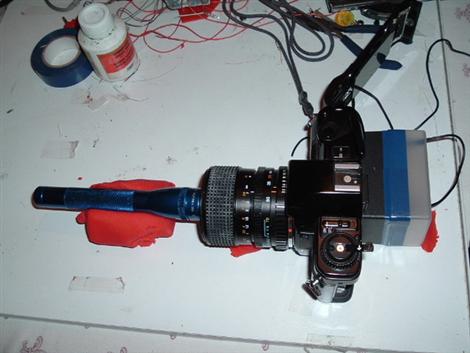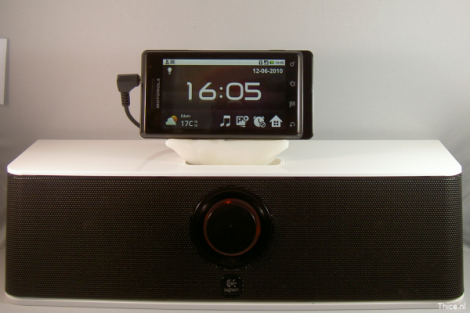
This coil has no trouble shooting sparks across four meters of empty air. [Finn Hammer] has been putting in some long hours on this labor of love, and we put in some time reading through his progress thread. He started down this path about a year ago and every step of the way he produces beautiful work. We enjoy seeing his prototyping techniques, moving from concept to hand drawing to CAD diagram before starting the physical build. Check out the demo video after the break and as you read through his thread look for the green arrows that lead to other videos and resources.















